Posts
We are going to try and make a note of our natural indigo vat here for future reference. We are using Sukumo, which is the traditional Japanese way. It is fermented indigo leaf compost, which we bought from a place in Tokushima.
For a 40l vat
・’Sukumo’ (indigo leaf compost) 4kg
・Ash water (poured boiling water over a pile of ash repeatedly to achieve water of various ph)
・wheat bran (‘Fusuma’) 150cc
・Lime powder 65g
2018/07/02
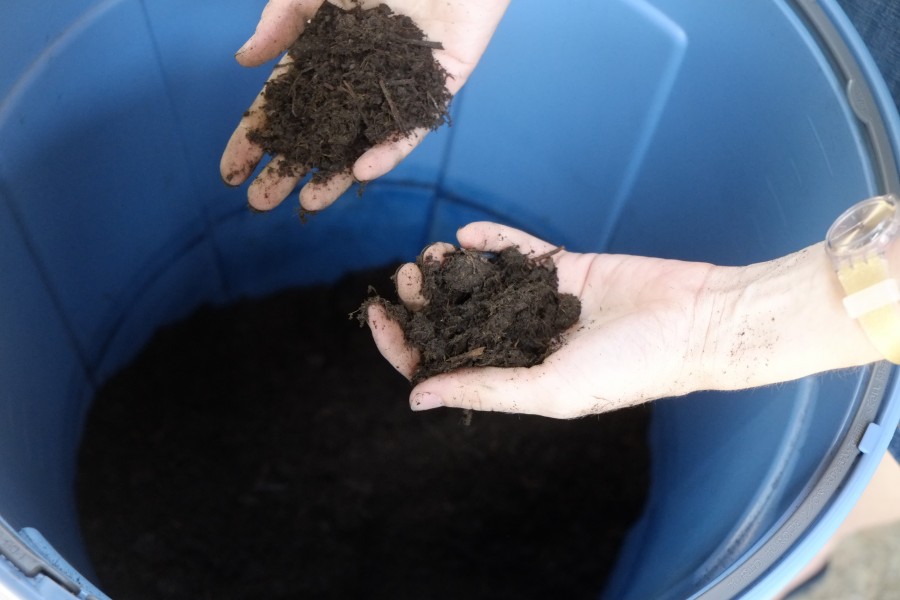
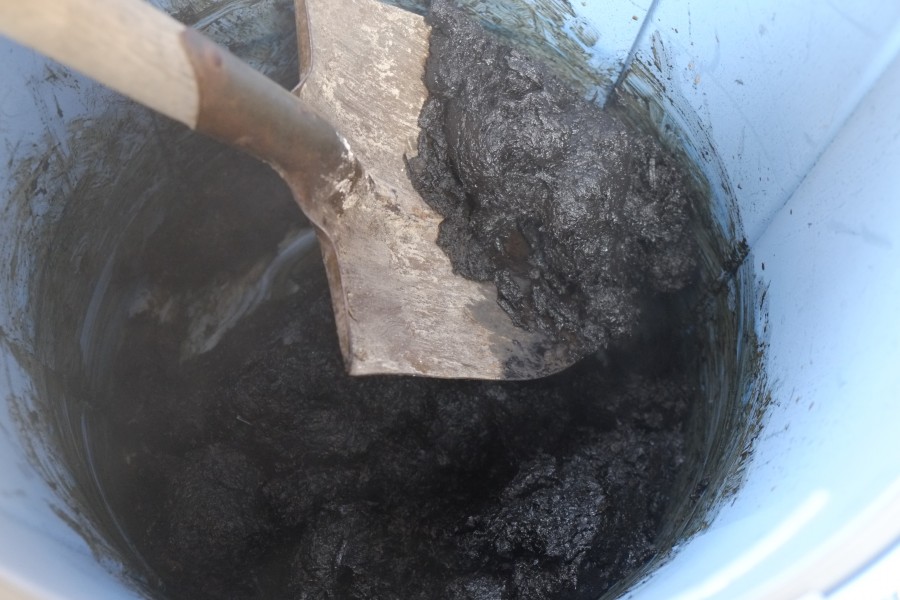
DAY 2 – 2018/07/03
mix with a big stick every day
PH10.1
DAY 3 – 2018/07/04
Mix.
PH9.2.
Added 50g of lime powder.
It became Ph9.4. It didn’tt get higher than I thought.
After 3 hours, I could see thin film on surface.
I dyed with tissue for test, tissue was dyed light blue.
DAY 4 – 2018/07/05
ph9.3.
I could see proper film on surface of vat.
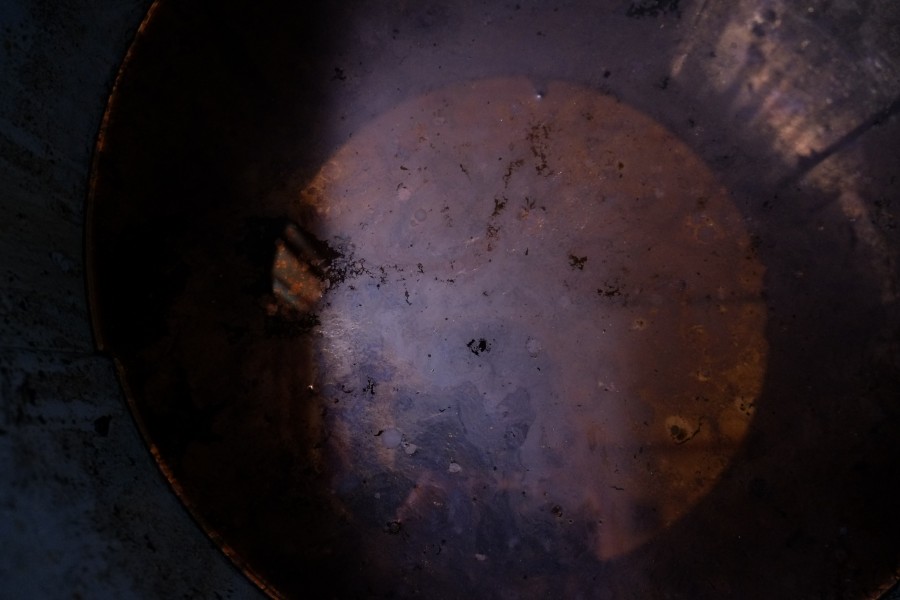
The dye is getting stronger (left and right 1 day apart)
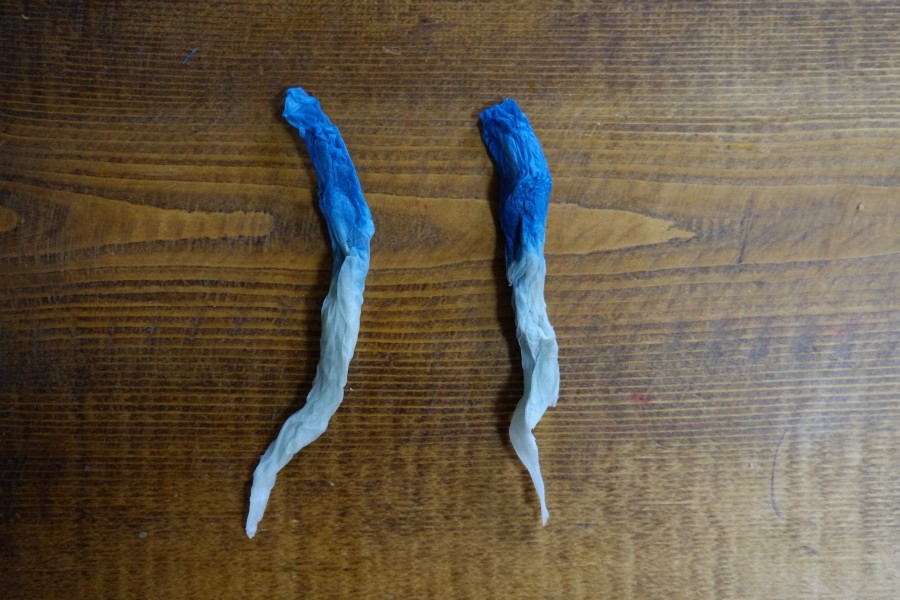
I added 4 liiter of Aku water (Ash water PH11.5).
PH went up to ph10.75.
Day5 2017/07/06
Mx vat. ph10.00.
Ph went down a lot from yesterday.
Day6 2017/07/07
Mix vat. ph9.80。
Test dye showed darker blue than before.
Day7 2017/07/08
Ph9.55
Added 13 litter of Aku water.
PH went up to 10.74.
Probably we can start dying in a couple of days.
Day8 2017/07/09
Mix vat. Ph10.3.
Test dye was good.
Day9 2017/07/10
Mix vat. ph10.18
Day11 2017/07/12
first proper dye session!
The colour is pretty strong – we try to make some gradients.
ph was gradually going down so I put 20g of lime powder and 100ml of wheat bran.
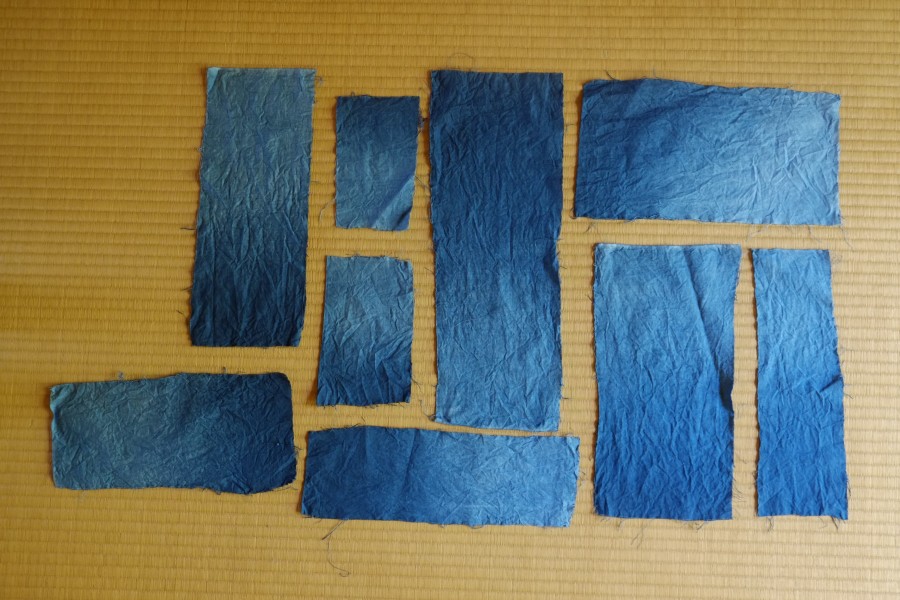
and attempt ‘hotaru’ (firefly) shibori

And first ever attempt at dyeing yarn. I clearly have no idea how to do it without getting tangled.

AWAJI / SHIKOKU
ART
AWAJI / SHIKOKU
AWAJI / SHIKOKU